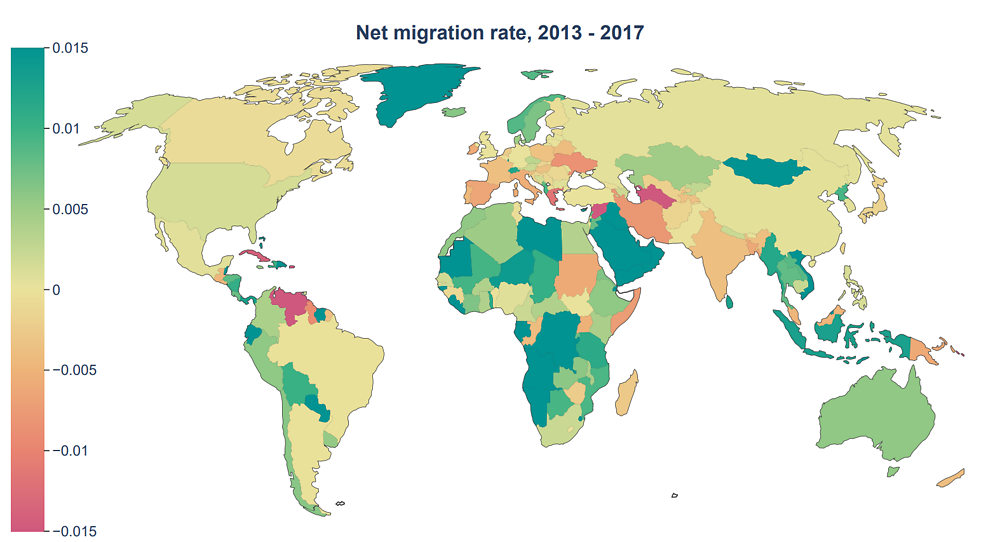Laboratory
Migration and Mobility
At a Glance
Projects
Publications
Team
Project
Scholarly Migration Database
Aliakbar Akbaritabar, Tom Theile, Emilio Zagheni, Maciej Danko, László Németh; in Collaboration with Ridhi Kashyap (University of Oxford, United Kingdom), Francesco C. Billari (Bocconi University, Milan, Italy), Guy Stecklov (The University of British Columbia, Vancouver, Canada)
Detailed Description
The main goal of the Scholarly Migration Database (SMD) is to document patterns and trends of scientific mobility across time and space and to facilitate future research. It does so by offering estimates that are prepared in a consistent and systematic way, using state-of-the-art demographic and statistical methods. We leverage and repurpose proprietary and open-access bibliometric data from scientific publications to produce stock and flow data on scholarly migration events worldwide. Bibliometric data (metadata extracted from scientific publications) have proven key for demographic research on the specific case of scholars as a subset of the high-skilled population. Repurposing these data, and using academic affiliation addresses, allows us to construct the mobility trajectory of academics. We use these data as a novel source of digital traces and repurpose them to facilitate answering questions on scholarly migration flows and stocks.
Our metadata of publications come mainly from Elsevier’s Scopus, which is a proprietary and licensed database. Scopus data are provided to the Max Planck Institute for Demographic Research by the German Competence Network for Bibliometrics through the Max Planck Digital Library (MPDL). As we develop our methods, we expect to leverage publicly available bibliometric databases, such as OpenAlex, too. The geographic scope of SMD includes all countries for which the data are available in Scopus, and it covers the period 1998–2017.
The first version of the SMD was finalized in 2023. The SMD is an active and continually evolving project favoring research on the migration of scholars. Its aims are achieved in part by making estimates and statistics obtained from bibliometric data more widely accessible. The SMD has a growing community of dedicated scientists, students, and research support staff who are both contributors to and users of the database.
Global net migration rates

International net migration rates (NMR) worldwide based on Scopus data. Net-migration rates of scholars worldwide from 2013-2017 based on Scopus in terms of the rate per
1,000 active scholars are shown and highlights countries with red colours experience a negative net rate indicating sending a higher number of scholars abroad than the number of scholars they receive. © Akbaritabar, A., Theile, T. & Zagheni, E. Global flows and rates of international migration of scholars. WP-2023-018
Education and Science, Internal Migration, Housing, Urbanisation, International Migration, Ethnic Minorities, Migration, Statistics and Mathematics
Africa, America, Asia, Europe, World
Publications
Akbaritabar, A.; Theile, T.; Zagheni, E.:
MPIDR Working Paper WP-2023-018. (2023)

Şanlitürk, A. E.; Zagheni, E.; Dańko, M. J.; Theile, T.; Akbaritabar, A.:
Proceedings of the National Academy of Sciences of the United States of America 120:4, e2217937120–e2217937120. (2023)
